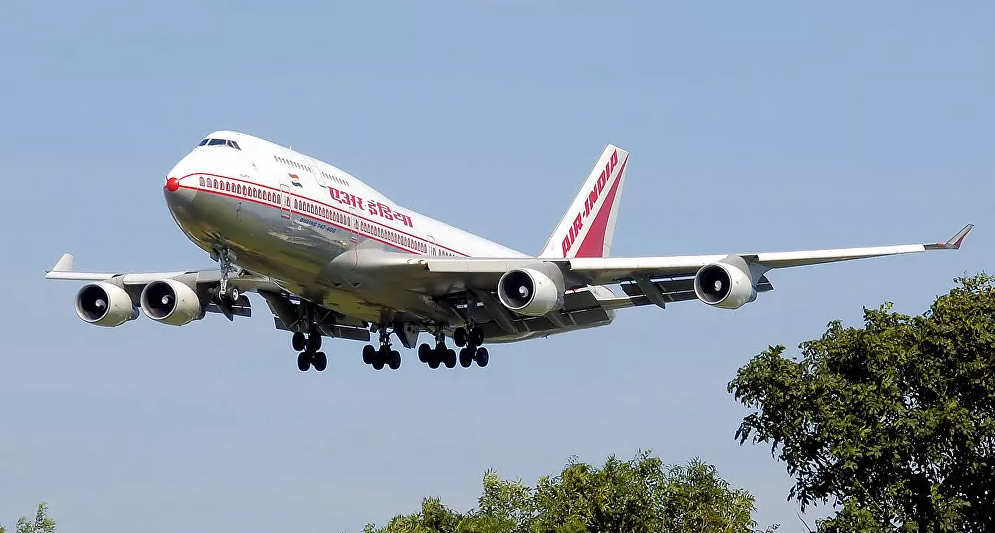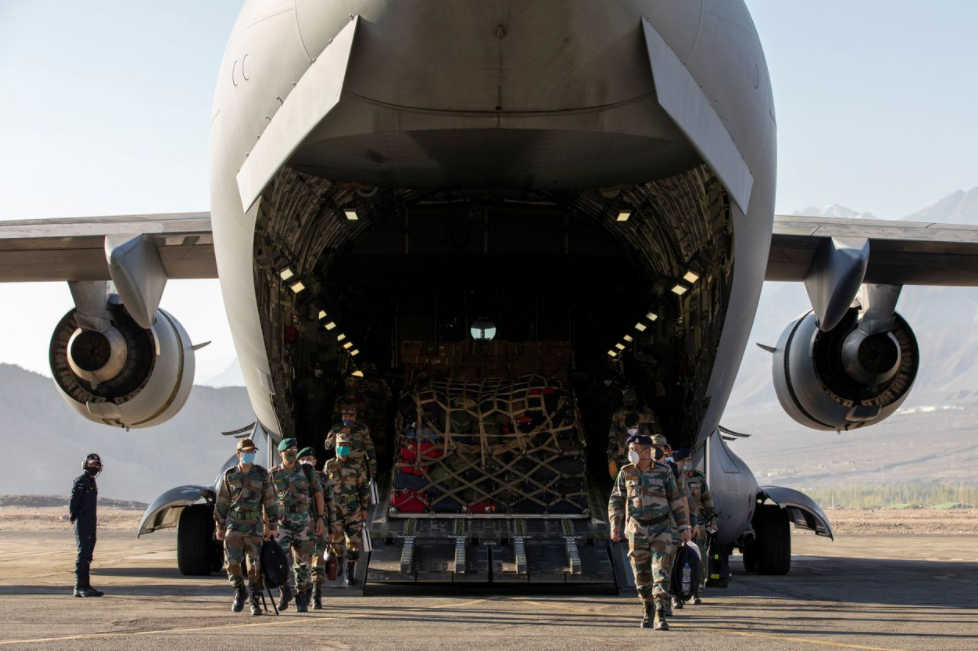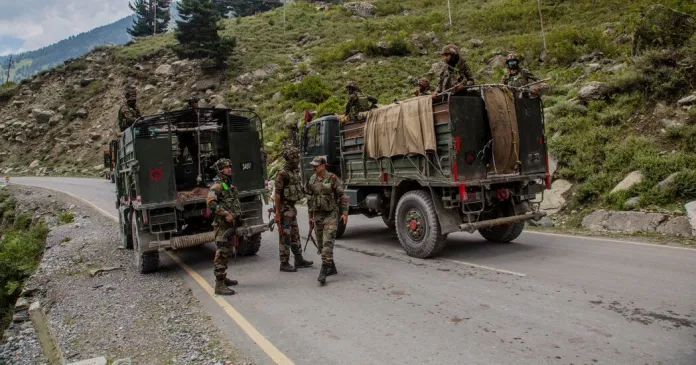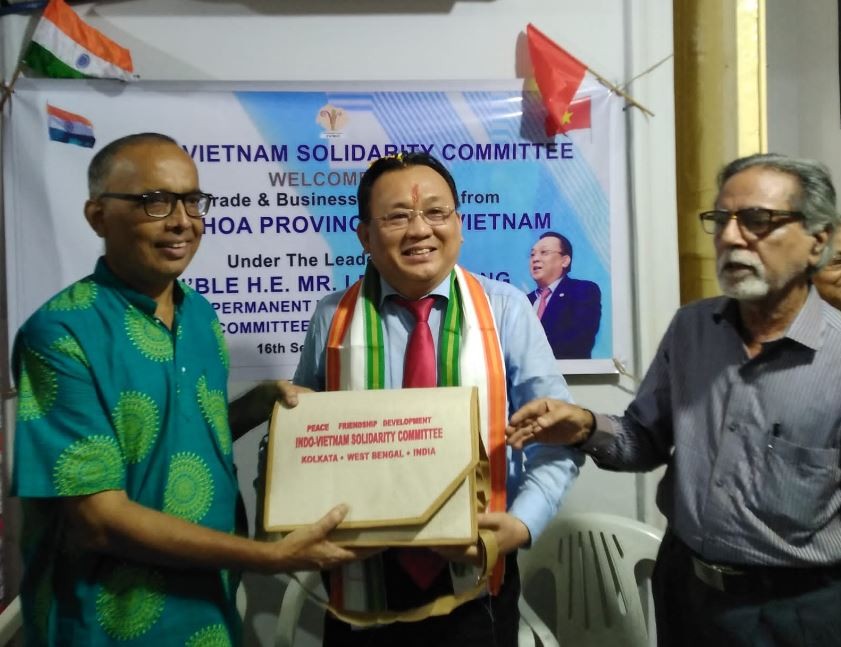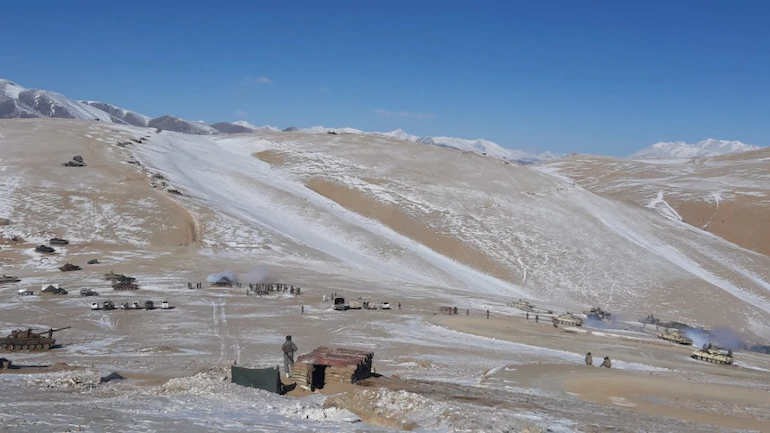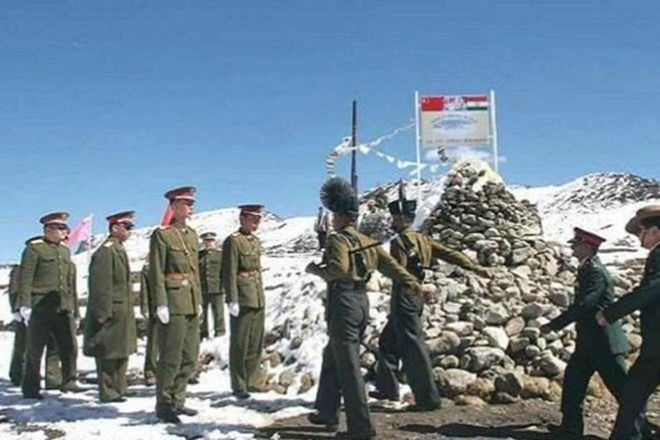China - India border clash sparkles new tensions, Sikkim
India and China share an unofficial frontier that stretches 2,200 miles. Last June, the two countries engaged in their deadliest conflict in more than five decades, a high-altitude brawl in which 20 Indian soldiers were killed along with an unknown number of Chinese casualties.
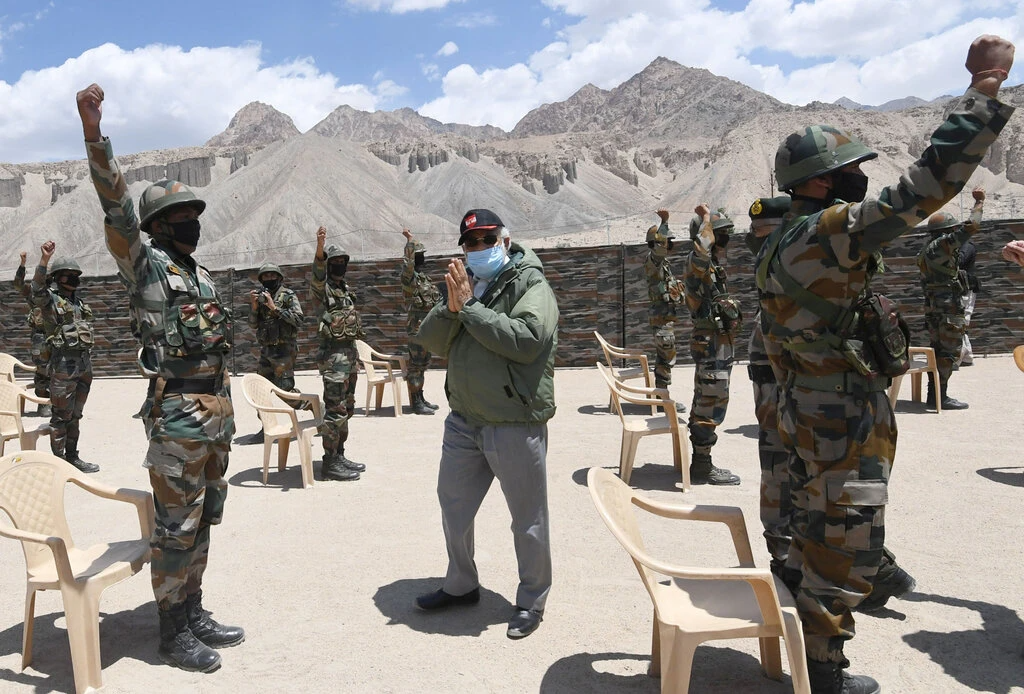 |
| Narendra Modi, India’s prime minister, during his visit in July with soldiers in Ladakh, the region where Chinese and Indian troops had clashed just two weeks before. (Credit...India's Press Information Bureau, via Reuters) |
It happened at Naku La in north Sikkim, the media reports said. Sikkim is an Indian state sandwiched between Bhutan and Nepal, about 2,500km (1,500 miles) east of the Ladakh area, according to BBC.
A Chinese patrol tried to enter Indian territory and was forced back, the officials said. Some reports said sticks and stones were used, but there were no gunshots.
An Indian army statement played down the incident, saying there "was a minor face-off at Naku La area of North Sikkim on 20 January 2021 and the same was resolved by local commanders as per established protocols".
One source told the Times of India that both sides brought in reinforcements after a "brawl" but there was no gunfire and the situation was under control.
China's foreign ministry spokesman Zhao Lijian did not give details of the incident, but said China's troops were "committed to upholding peace" and urged India to "refrain from actions that might escalate or complicate the situation along the border".
The editor-in-chief of China's state-affiliated Global Times tweeted there was "no record of this clash in the patrol log of the Chinese side".
Though details were scant, reports of a clash show that tensions are still simmering between the two Asian giants, which fought a war in 1962 and have been eyeing each other warily across their unresolved frontier ever since. Tensions burst into the open in June, when troops from both countries engaged in a deadly brawl along the border of the Ladakh region in northern India.
No shots were fired in that battle, stemming from a tacit understanding that neither side along the tense Himalayan border should use firearms. Still, the deaths of more than 20 Indian soldiers and an unknown number of Chinese troops exposed the increasing aggressiveness of both countries, which are governed by nationalist leaders with little political incentive to back down.
As many as 100,000 troops from the Indian and Chinese armies are now facing off across inhospitable mountain passes in subzero temperatures in the Ladakh region alone, military experts estimate.
Since the summer, both sides have tried to ease tensions. But in India, the government of Prime Minister Narendra Modi is contending with reports that China is far from done encroaching on disputed borderlands.
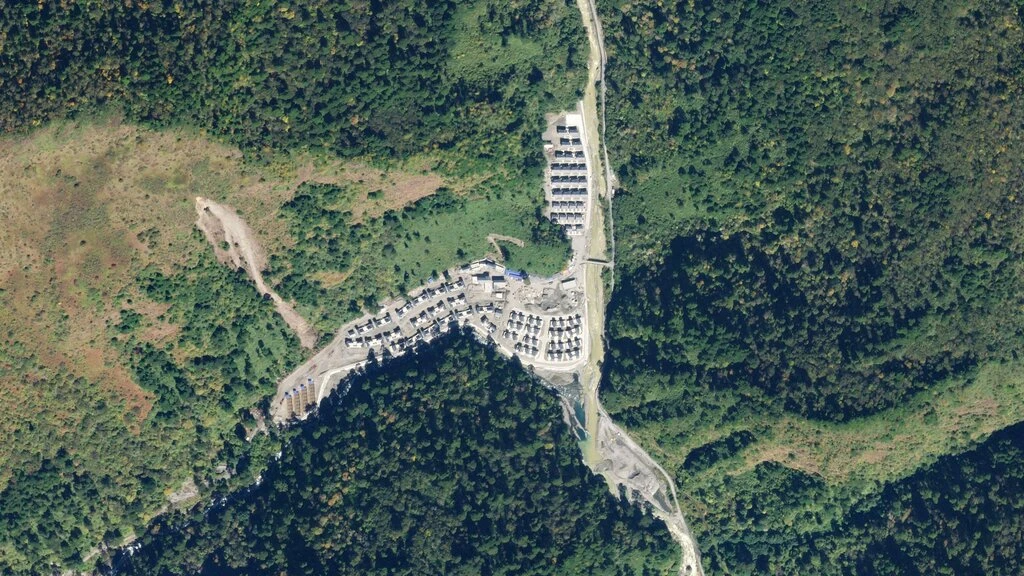 |
| An Indian news outlet used satellite images taken in November to show a newly constructed Chinese village in an area claimed by both countries. (Credit...Planet Labs, via Agence France-Presse — Getty Images) |
This month, NDTV, an Indian news channel, revealed that China had created a new village on territory that India claims in another mountainous border state, Arunachal Pradesh. Satellite imagery shows neat rows of dozens of new homes that have been built on what had been an empty hillside two years ago, NYTimes reported.
The NDTV report of new structures built in the harsh mountainous area is difficult to independently verify. Two Indian government officials in Arunachal said the Chinese had recently built villages in disputed areas along the border in places that used to have just a few remote military posts.
“Where the army had been living, some civilians also started living there,” said D.J. Borah, a senior district official based in that area.
When asked about the new village, officials at the Indian Foreign Ministry referred back to a statement given to NDTV in which the ministry said that it was aware of the recent report and that “China has undertaken such infrastructure construction activity in the past several years.”
Leaders of India’s main opposition party have criticized Mr. Modi for staying silent on the matter. “China is expanding its occupation into Indian territory,” Rahul Gandhi, the leader of the party, Indian National Congress, said on Twitter.
Chinese officials don’t deny that there are new villages in the area. But they say that area is in China.
Hu Xijin, editor of the Chinese state-run tabloid Global Times, dismissed the reports of multiple injuries. “This is fake news,” he wrote on Twitter. “Based on what I learned, there is no record of this clash in the patrol log of the Chinese side.”, according to Washington Post.
The current frictions began in May, when China intruded into areas claimed by India at several points along the frontier, experts say. They believe that China may now control as much as 400 square miles of territory that India considers its own.
Last week’s confrontation came as high-ranking military officials from the two countries were preparing to meet for their ninth round of talks on the standoff at the border, which is known as the Line of Actual Control. Col. Aman Anand, an Indian Army spokesman, said Monday that the talks were “positive” and both sides had agreed to push for an “early disengagement” of their troops.
In recent years, they said, China has engaged in a flurry of construction projects along the border and rendered areas that used to be accessible to people on the Indian side now inaccessible.
The Chinese infrastructure campaign, the local leaders said, far outpaced what India has been doing and has been effective in absorbing disputed areas into China, NYTimes reported.
Taro Bamina, the general secretary of an Arunachal youth group, was especially frustrated and helped organize a protest last week that included hundreds of demonstrators in Daporijo, an Arunachal market town.
“This is our motherland,” Mr. Bamina said. “We wanted to tell the government of India. ‘Why didn’t you take care of that?’’’
What local leaders are reporting in Arunachal is similar to what local leaders in Ladakh have reported more than 2,000 miles away. In the past few years, according to Ladakh leaders, China has stepped up construction projects along the frontier with India, which zigs and zags through high mountain passes and has never been marked. The result is that China can move troops — and civilians — to the borderlands much faster than India.
Chinese and Indian military commanders continue to hold talks along the disputed border in the Ladakh region. In the meantime, Ladakhi herders have complained that they have had to chase away Chinese vehicles that brazenly crossed into India.
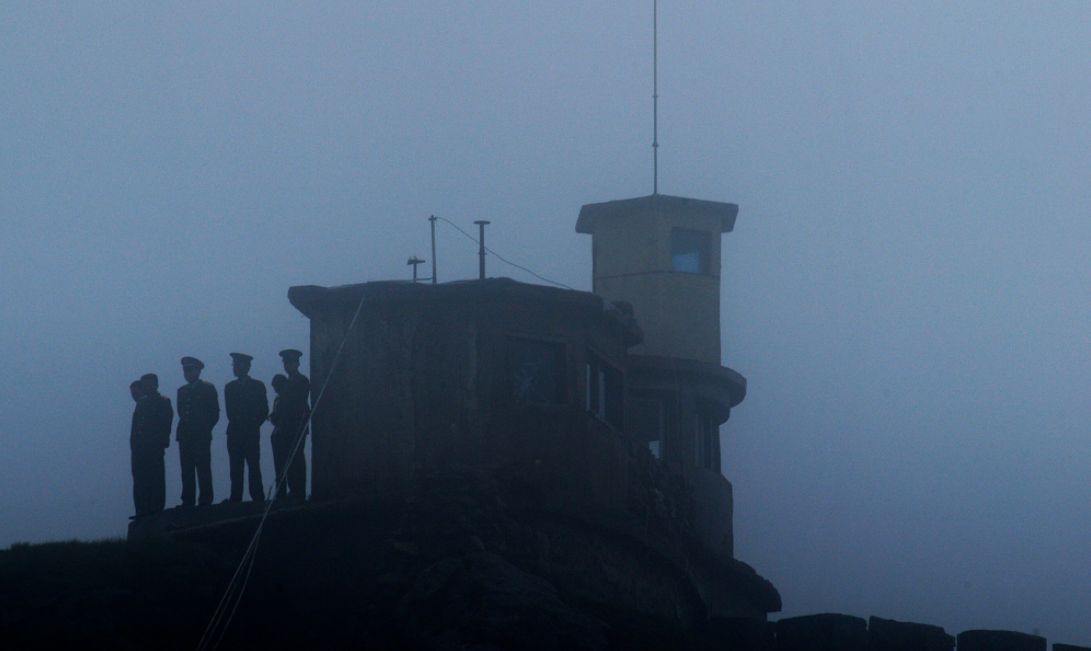 | Indian Army captures Chinese PLA soldier in Ladakh, China reports in soften voice Indian army says it apprehended the PLA soldier after he strayed across a contested de facto border in the western Himalayan region. |
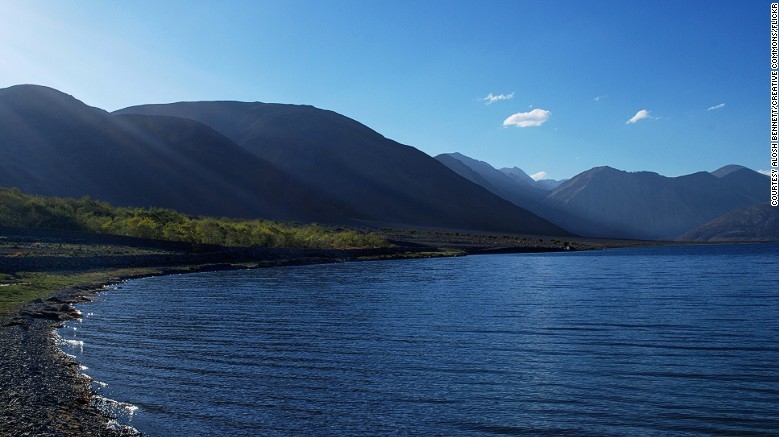 | China claims India disturbing border peace after its military camps captured As the Indian Army captured an important Chinese military camp in the surrounding hills of the Pangong Tso lake, Beijing claims Indian Army has “illegally ... |
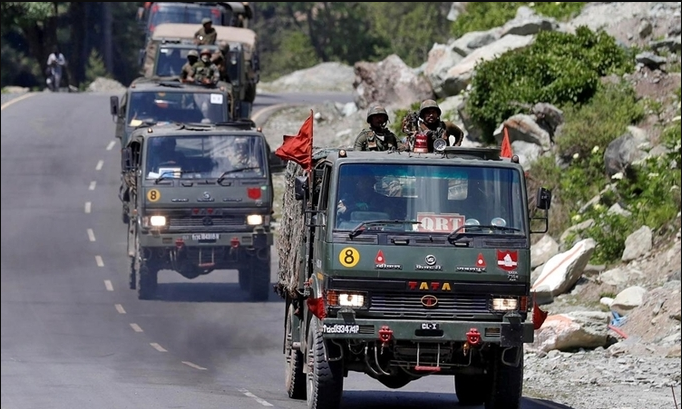 | China - India Border Conflict: Both starts withdrawing troops from Galwan Valley China and India began withdrawing its troops along the disputed area with India in Galwan, following last month's clash, said Indian officials. |
Recommended
 World
World
Pakistan NCRC report explores emerging child rights issues
 World
World
"India has right to defend herself against terror," says German Foreign Minister, endorses Op Sindoor
 World
World
‘We stand with India’: Japan, UAE back New Delhi over its global outreach against terror
 World
World
'Action Was Entirely Justifiable': Former US NSA John Bolton Backs India's Right After Pahalgam Attack
Popular article
 World
World
US, China Conclude Trade Talks with Positive Outcome
 World
World
Nifty, Sensex jumped more than 2% in opening as India-Pakistan tensions ease
 World
World
Easing of US-China Tariffs: Markets React Positively, Experts Remain Cautious
 World
World

